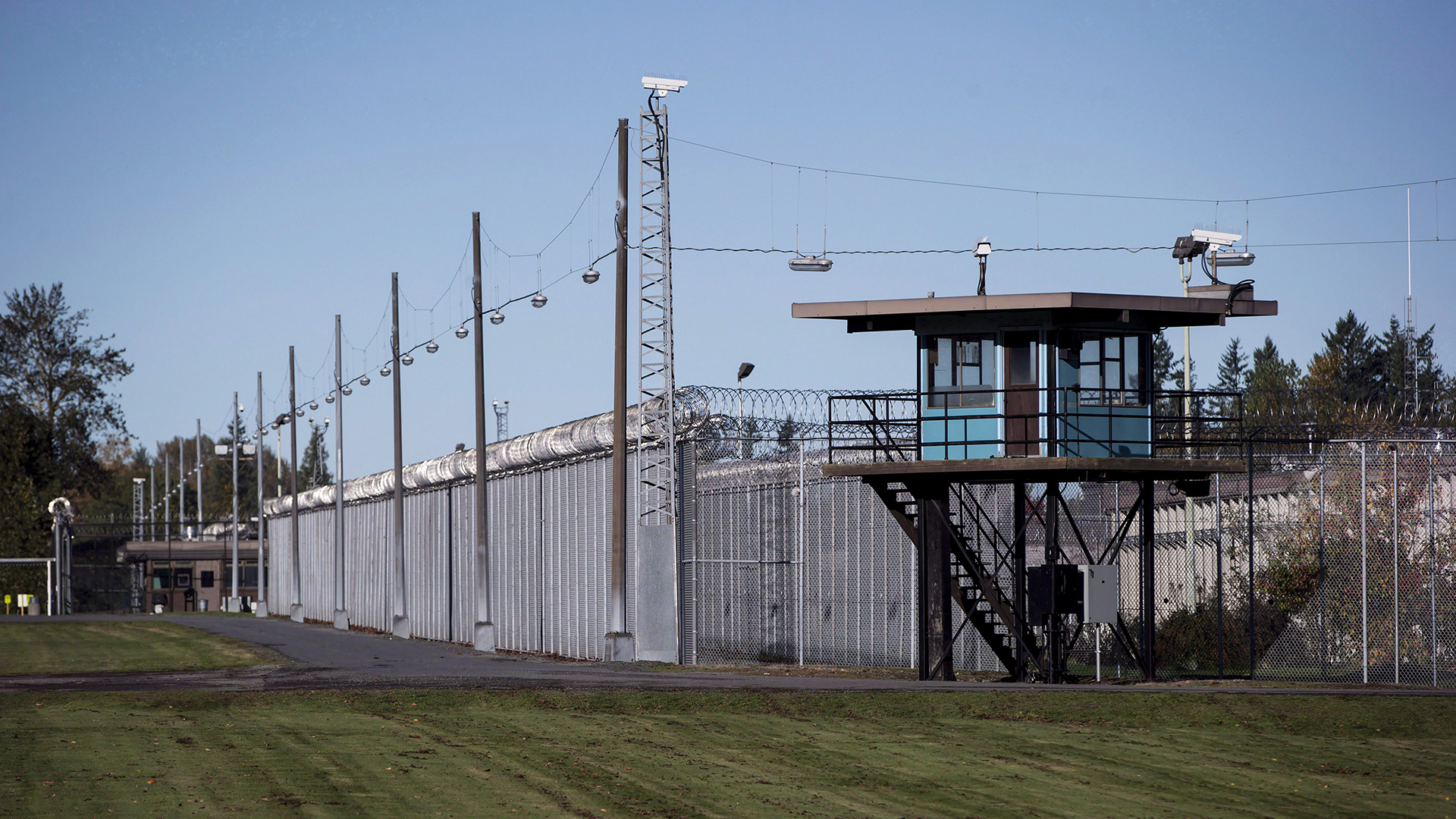
By March 2021, it was clear that jails, prisons and penitentiaries across Canada were significant vectors of COVID-19 during the second wave of the pandemic, with infections among imprisoned people and staff increasing in unprecedented ways. As the Omicron variant began rapidly spreading in our communities in December 2021, authorities were warned that without reducing prison populations and ramping up vaccinations, imprisoned people and prison staff would face another tsunami of COVID-19. Unfortunately, for those impacted by human caging the emergence of the more transmissible Omicron variant coupled with a punitive injustice system and government inaction has again led to another unprecedented increase in COVID-19 transmission behind bars.
During a three-month period from Dec. 1, 2021, to Feb. 28, 2022, there were at least 12,386 newly reported COVID-19 cases (8,375 prisoners, 3,961 staff and 50 unknown) linked to provincial-territorial and federal correctional institutions, accounting for 55.2 per cent of the total 22,428 cases (16,111 prisoners, 6,250 staff, six contractors and 61 unknown) connected to jails, prisons and penitentiaries across Canada to date (Figure 1).
The actual number of cases is likely significantly higher, given that some jurisdictions such as British Columbia have not disclosed cases among prisoners and prison staff for much of the pandemic, while Saskatchewan and Alberta did not proactively disclose new provincial jail-related cases last month.
These and other “transparency deserts” aside, it is clear that carceral congregate settings remain significant vectors of COVID-19 (Figure 2), and that decisions to contain people in these sites can cost people their lives. This was made evident by the recent death of Skyler Sappier – an Indigenous man who was imprisoned at the Saint John Regional Correctional Centre in New Brunswick in the midst of an outbreak. He subsequently contracted COVID-19 and was not sent to hospital until it was already too late, following the revocation of his probation for an incident that occurred while he was accessing mental health care.
It is also important to understand that nothing that happens behind bars stays there. People, most notably workers, exit these institutions day-in and day-out, returning home to their families and our communities. As long as sites of confinement such as jails, prisons and penitentiaries continue to have outbreaks, COVID-19 will pose a threat to broader public health.
As the pandemic has worn on, however, it has become increasingly clear that the impacts of COVID-19 transmission behind bars go far beyond infection rates, illness and death in a colonial system that mass imprisons Indigenous peoples. The measures that prison authorities resort to in the face of this disease – extreme isolation, loss of contact, elimination of programs and outdoor time – have had devastating impacts on imprisoned people.
Available data show that in January 2022 alone, nearly 70 per cent of Canada’s jails, prisons and penitentiaries were impacted by COVID-19 cases (Figure 3). When new COVID-19 cases are detected amongst imprisoned people and/or prison staff, institutions are locked down, and visitors and community volunteers are locked out.
Programs are cancelled. Scarce health and mental health services become even more limited. Solitary confinement and austere conditions of imprisonment are imposed for weeks or months on end in the name of infection control. The results are devastating. Prisoners’ physical and mental health deteriorates. Tensions escalate. Cultivating a COVID-19 petri dish and subjecting people to warehousing is not a recipe to improve public health or community safety. Quite the opposite.
The devastating consequences of COVID-19 and the measures authorities are using to respond to infections behind bars are all too clear. Yet, we are still imprisoning people who do not need to be there – many of whom will be released within days or weeks, and others who could also safely live in the community while awaiting their trials or serving their sentences. Police, courts, prison authorities and all levels of government need to work in concert to move as many people as possible into the community.
This urgent situation demands significant increases in the use of measures like pre-charge diversion measures that steer people away from imprisonment, including police releases and rapid same-day bail releases. Increased use of decarceration measures that remove people from custody, such as temporary absences, is also needed. These efforts must be accompanied by immediate investments in supports for criminalized people, especially housing, to prevent victimization and reincarceration.
Authorities also need to redouble their efforts to provide effective, culturally appropriate health care to individuals behind bars. Vaccination is critical for both decreasing transmission and reducing the likelihood of severe illness and death. In most jurisdictions across the country, however, medical care behind bars is arranged and overseen by prison authorities rather than the health-care system.
Prisoner death toll will mount without releasing most vulnerable inmates
Time running out to protect prisoners and prison staff from calamity
We must decarcerate across the country, then fix the prison system
Complaints about inadequate medical care are common, and trust in a prison-funded and prison-run health-care systems is understandably low. Culturally appropriate vaccination outreach must involve people with lived expertise of incarceration and trusted intermediaries, including community groups that regularly work with and support criminalized populations. These efforts need to be ramped up in settings with low vaccination rates.
It is unconscionable that two years into a pandemic that has hit congregate settings the hardest, punitive injustice system institutions and governments seemingly prefer subjecting thousands of human beings to extended solitary confinement – conditions that amount to torture under Canadian law – rather than finding ways to build upon the diversion and decarceration efforts that led to unprecedented decreases in Canada’s prison population during the first wave of COVID-19. This approach limited transmission behind bars, with only 600 prisoners and 229 staff having contracted the disease during the first four months of the pandemic.
Depopulating sites of human caging reduces COVID-19 transmission behind and beyond bars, thus saving lives and preserving precious health-care resources. This can be done – as it was during the first wave – without a corresponding spike in the overall rate of police-reported lawbreaking, especially if accompanied with community supports and discharge planning, which have been seldom provided to criminalized people during the pandemic.
COVID’s uneven spread in the federal penitentiary system has one solution
Governments have failed to protect the incarcerated during pandemic
Depopulating prisons would also decrease the number of human beings subject to torturous institutional lockdowns, quarantines and isolation. These conditions of confinement not only harm the mental and physical health of those behind bars, but they also undermine community safety by further traumatizing people before they return to the broader community.
At this stage in the pandemic, prison authorities need to find ways to safely maximize the access that imprisoned people have to time outside their cells, to fresh air and exercise, to programs, and to contact with loved ones through visitations, video visits and free phone calls, as well as other means that diminish the pains associated with being forcibly isolated from society. If authorities cannot do this with current staff and resources, they need to reduce prison populations to a level where the authorities are able to meet their obligations.
As governments ease COVID-19 measures, it is critical that they do not lose site of the plight of human beings pushed to the margins of society and confined in congregate settings. For those deprived of their liberty in jails, prisons, penitentiaries and other carceral sites, there is still a pandemic. Authorities must do what they can to contain COVID, not people, to the extent possible to advance public-health objectives alongside efforts to end increasingly barbaric conditions of confinement that imperil the pursuit of making our communities safer.













